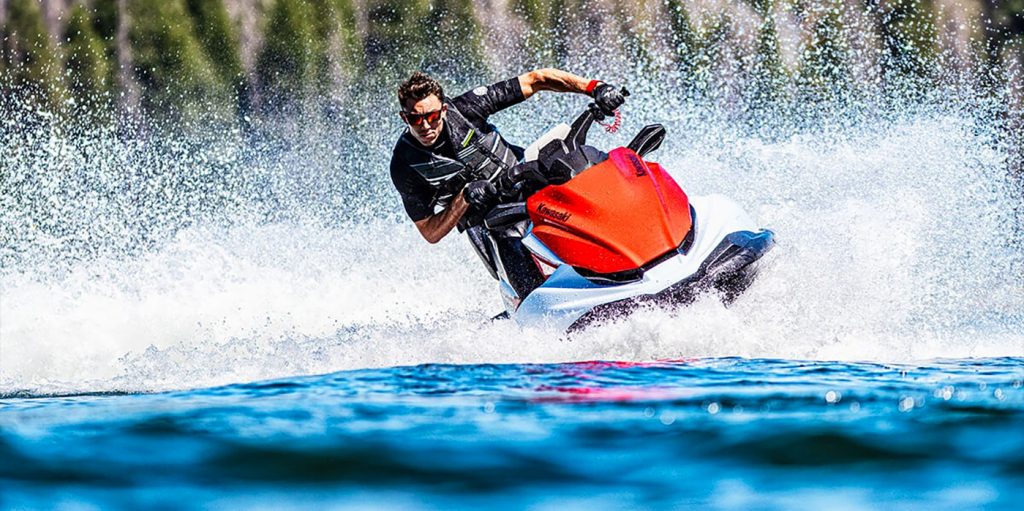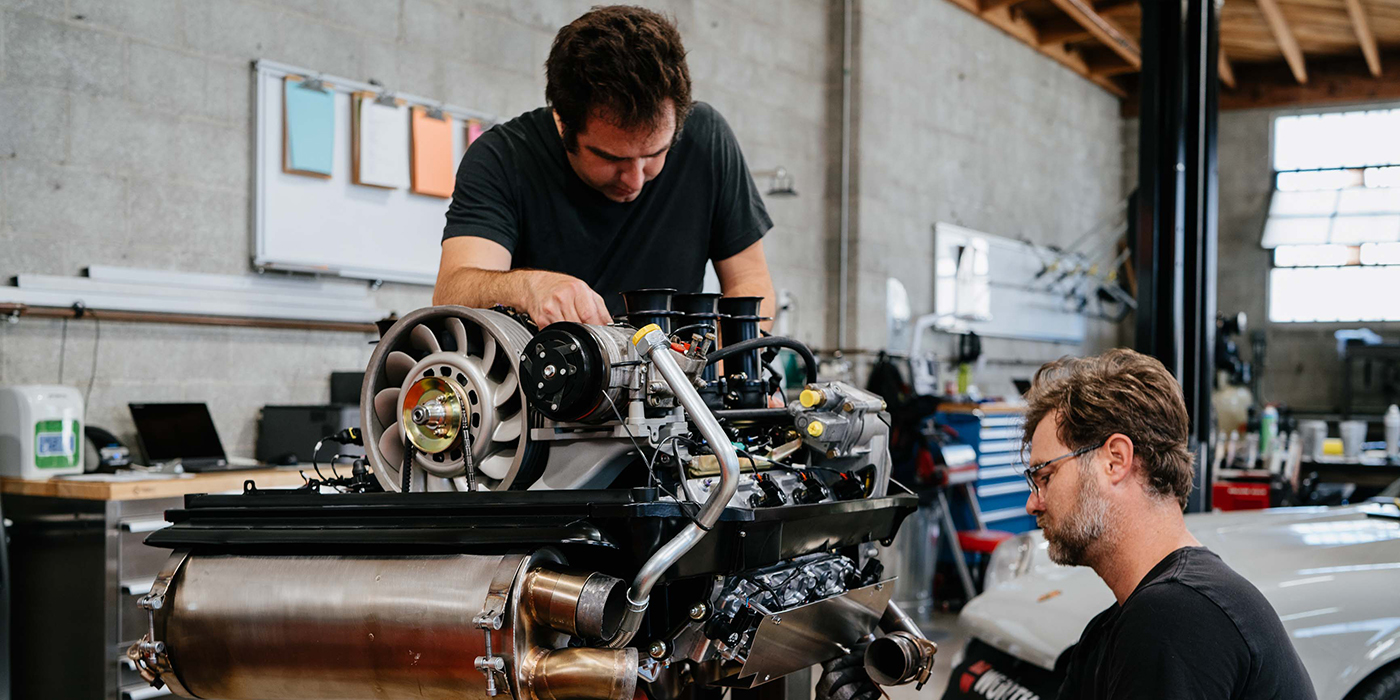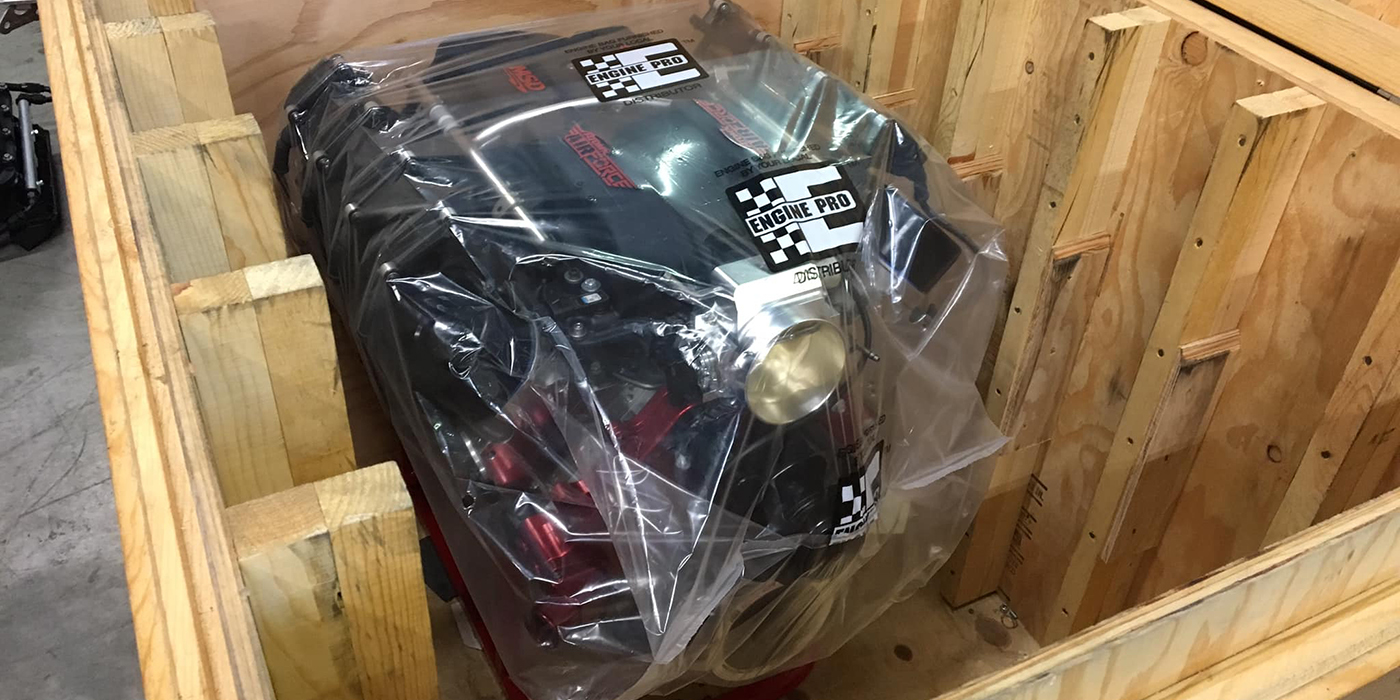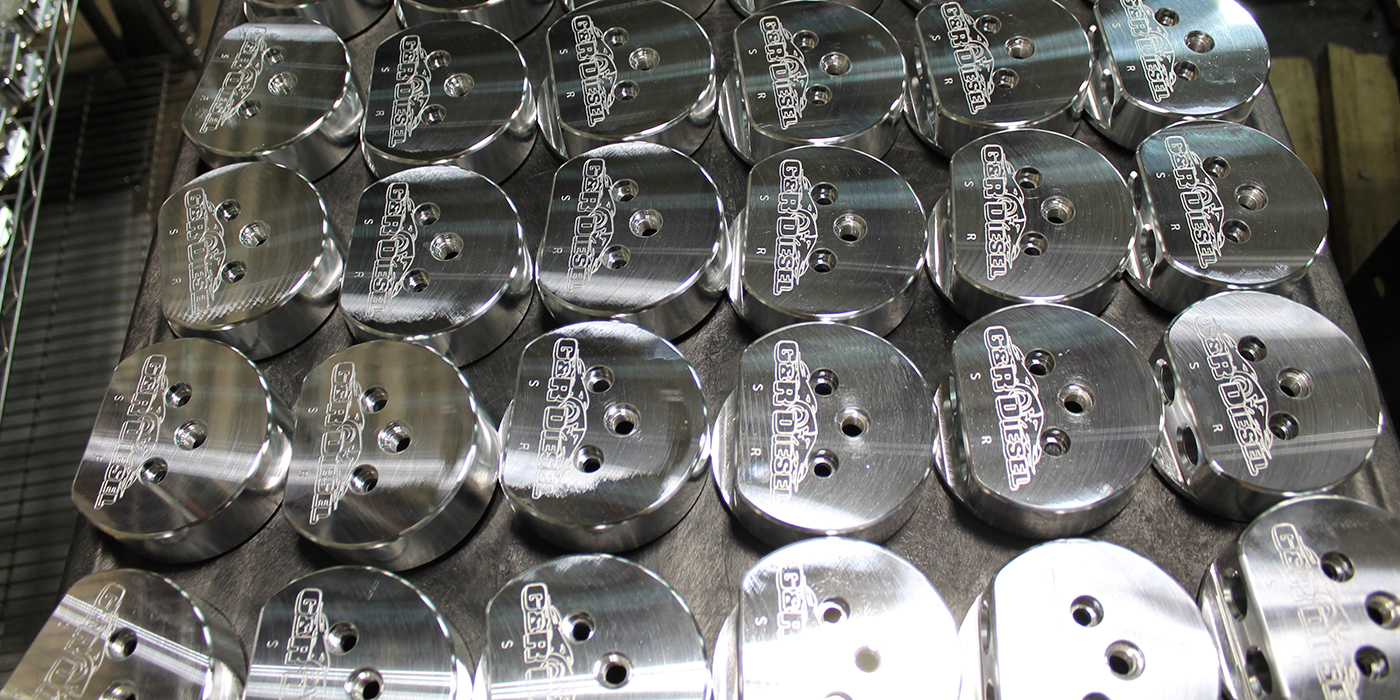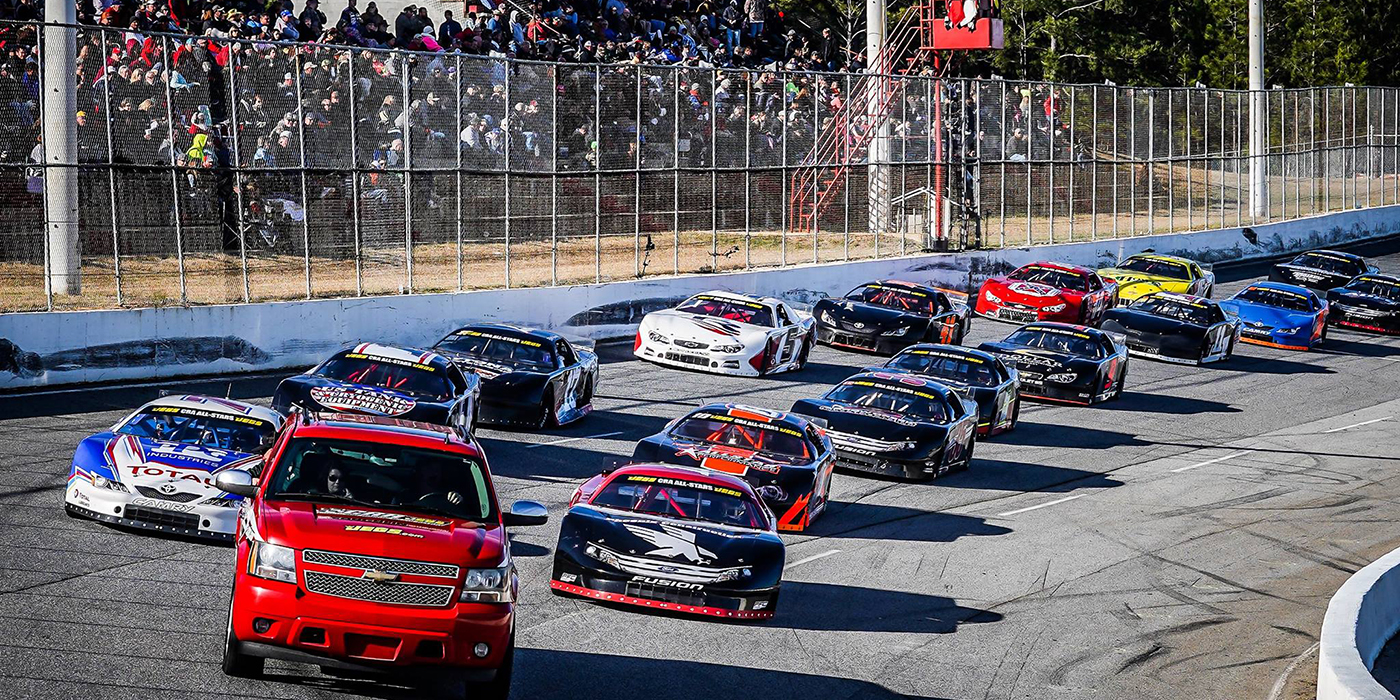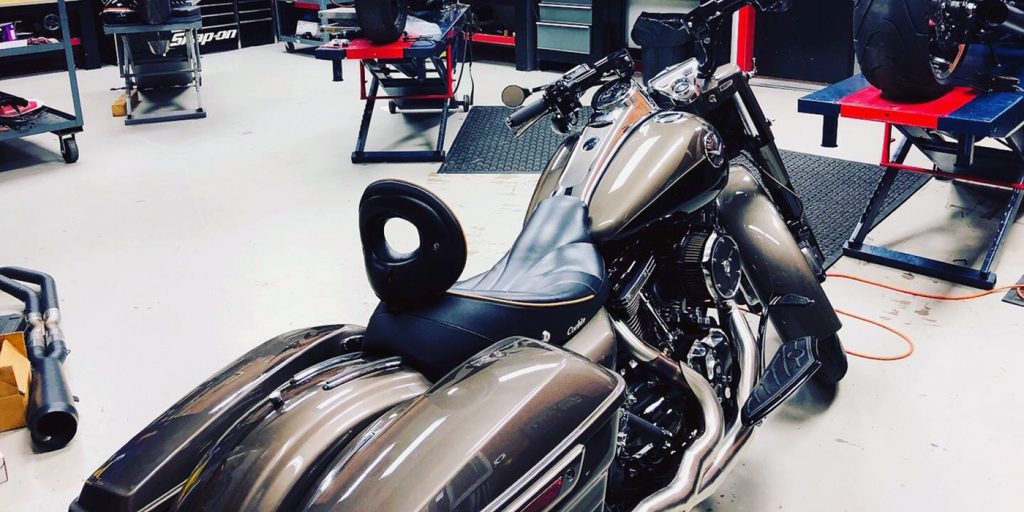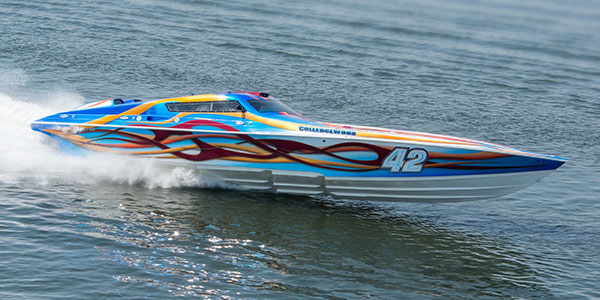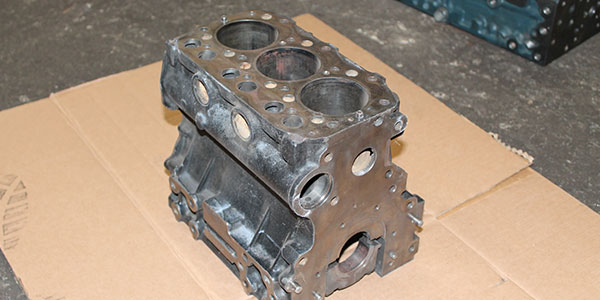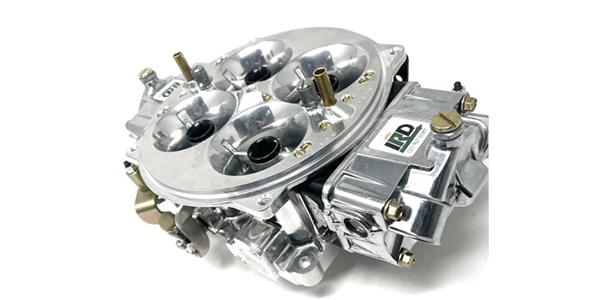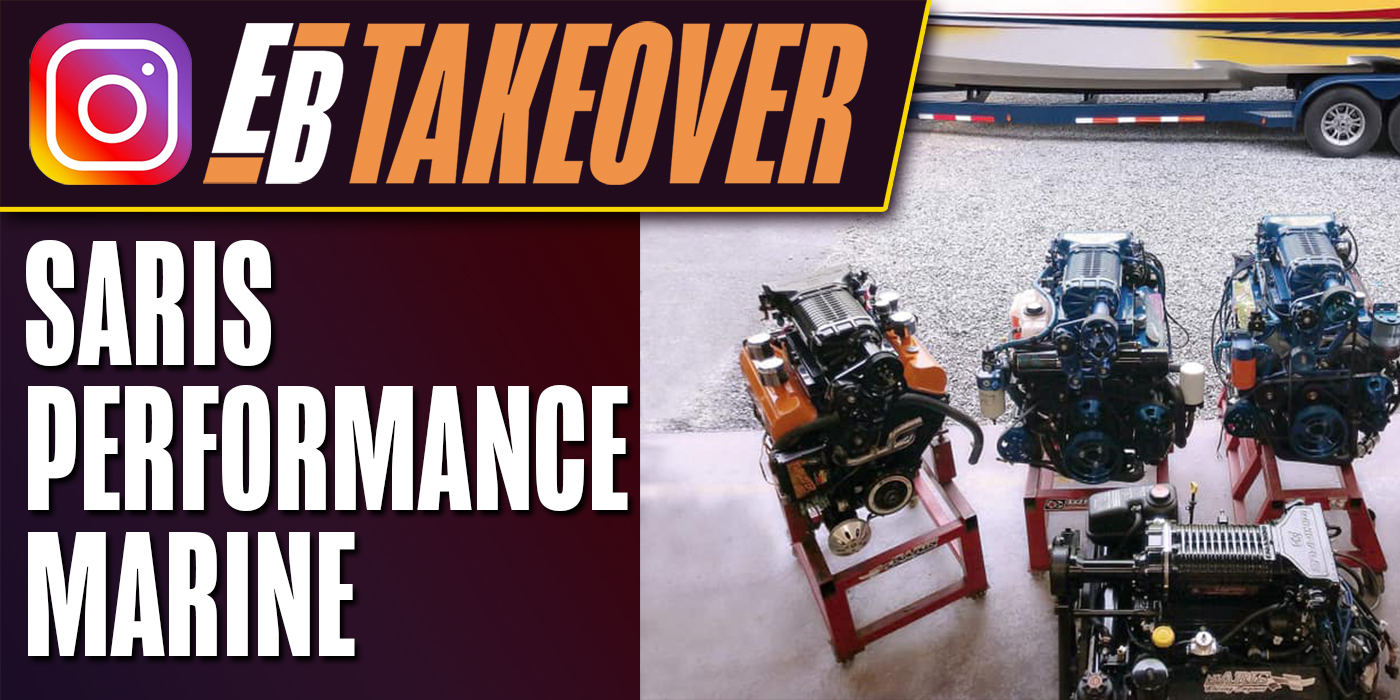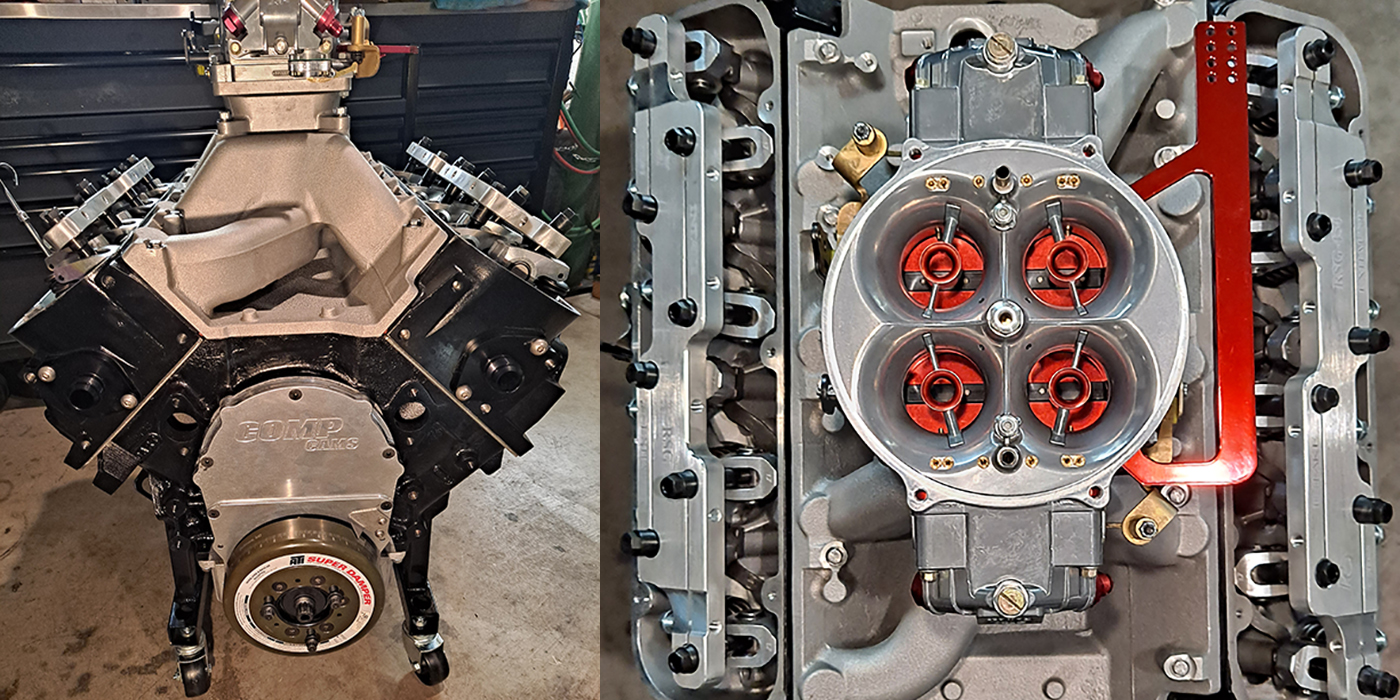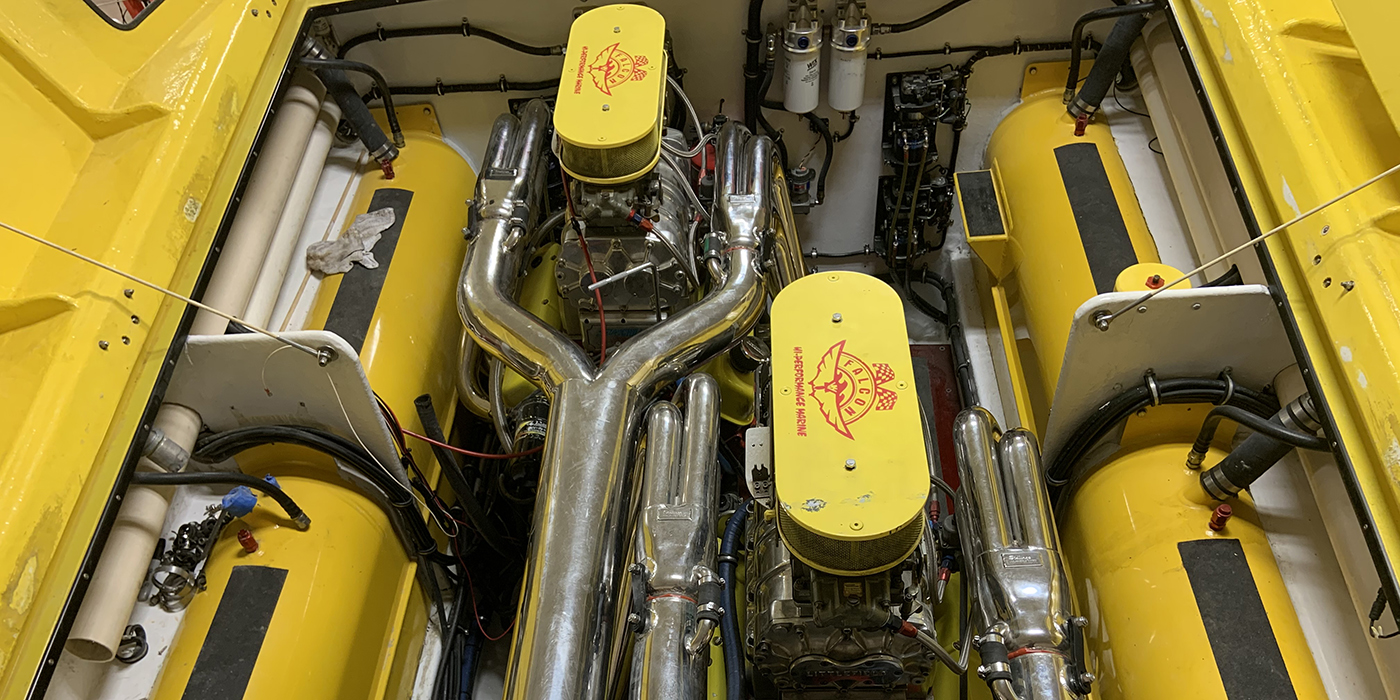The simple answer is yes. Market analyst I am not, but the luxury of personal watercraft (PWC) is that they are fun and, well, people just like to have fun. Hopefully, we can look past the current COVID-19 scare we’re facing and know that once we get past it, any downturn in business will pick right back up where it left off. The strength of the PWC market in recent years has been reflected by new models the OEs continue to crank out, and with every new model that hits the water, there’s market opportunity that follows with service and repair.
PWC manufacturers all have expanded their lines with new models for pure recreation all the way up to racing, and a growing segment are theme-specific machines targeted at the sportsman/outdoorsman, all of which are strong indications that the market demand is real.
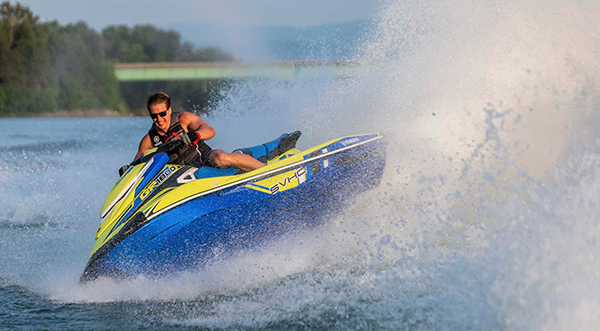
From where I sit it looks like there’s a lot of fun to be had and the market looks poised for growth, but hard facts are the name of the game, so I took this opportunity to call the President of SBT Inc., CJ Lammers, and get our hands on some solid information from an industry expert.
If you’re not familiar with SBT, they were founded in 1997 and grew quickly to become the largest supplier of PWC parts in the world. Located in Clearwater, FL, they offer new and remanufactured engines and a full line of parts and accessories, and specialize not only in PWC parts, but in technical support of anyone performing PWC repair from the professional to the do-it-yourselfer.
Lammers was well-versed on any PWC question I could throw at him, and the state of the market was no exception. “It is continuing to grow slowly,” Lammers says. “It goes back to the ‘90s when they were selling about 350,000 units a year. Now, they only sell about 60-70,000, but that market is constantly growing.”
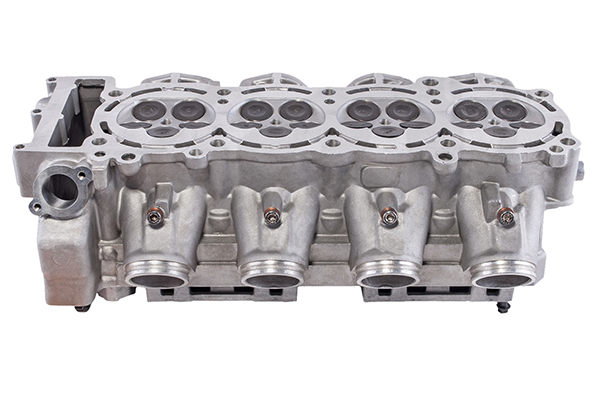
Digging a little deeper into the question over the market, the economy certainly had an impact as it did on many things in the recession that kicked off the 21st century, but Lammers explained factors within the PWC world that also affected unit sales.
“All of the new models are four-strokes, a transition which occurred in the early 2000s,” Lammers said. “They hit a little stagnation when they cut all the two strokes and didn’t have any inexpensive four-strokes.”
Lammers explained that the number of four-strokes began to increase around 2003 and they stopped selling two-strokes in 2008, except to racers. “You can still buy stand-ups (with a two-stroke),” Lammers says, “but you have to have a racing license to buy them and they can’t be registered, they are only for private lakes and racing.”
The reason two-strokes disappeared was because of emissions. The OEs were required to meet emissions overall as a percentage and the new four-stroke models were over-achievers, allowing room to still produce two-strokes until 2008. The emissions requirements and restrictions became so tight by then that OEs were no longer able to produce and sell them as before.
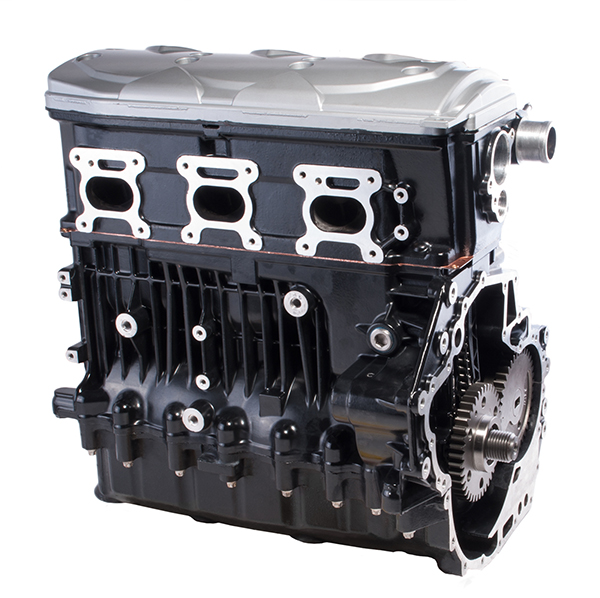
“I believe the market was shrinking because you had basically taken out segments of the market by only producing bigger, longer four-stroke machines,” he says. “The bigger four-strokes weigh 800-1,000 lbs. and these are not tossable machines like a two-stroke in the 400-lb. range. When they were just making the bigger four-strokes, they became more expensive and heavier, great for offshore and more stable, but in small lakes they are massively overpowered skis that you can’t do a lot with. The market was actually shrinking until they started looking at the sales they lost and came out with the Sea-Doo Spark, which is a three-cylinder four-stroke, but only weighs in the 400-500-lb. range. As soon as they began to make those types of skis that were more tossable, then the add-on sales started coming.”
In addition to the lighter weight and lower cost PWCs that helped bring back the market, unique models are creating a whole new segment of the market. “Recognizing the markets like sport-fisherman, they’ve been able to grow them by attacking different niches rather than just big four strokes,” Lammers says.
Lammers is an avid rider, spending much of his free time on the water, and he explained some of the reasons people choose a certain type of PWC over another. “A two-stroke has more torque down low, so if you’re doing tricks, which is typical with a standup, you want torque to come out of the water,” he says. “A four-stroke develops its power at a higher rpm. The superchargers help bring that power range down, but it’s still at a higher rpm. The four-strokes are heavier, they’re fast and stable and guys race them, but since it’s tough to do wave tricks and get a lot of air on something big and heavy, people still like the two strokes.”
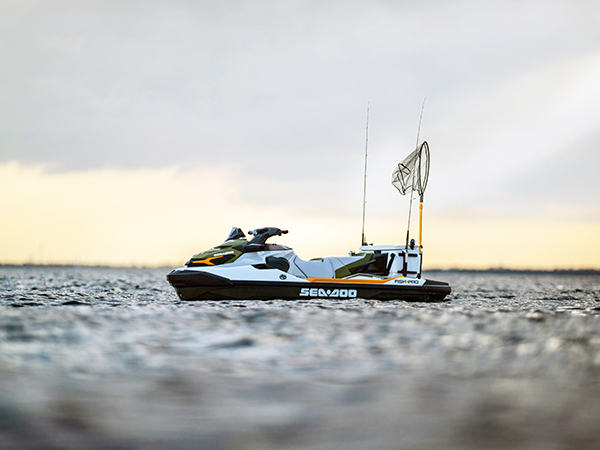
“We’re in a good market because we combine combustion with water,” Lammers said when asked about the service side of the industry. About two-thirds of SBTs sales are to professional repair shops. The repair market has shifted to fewer PWC owners performing their own repairs, partly due to the four-stroke engines. “The four strokes are more complicated and more difficult,” Lammers says. “A two-stroke engine weighs about 55 lbs. and you can pick it up out of the boat without much back strain. A supercharged four-stroke weighs 130 lbs. and you need an engine hoist to pick it up.”
In addition to the complexity of the engines, there are far more electronics in a new PWC and the four-stroke market for complete engines is biased towards dealers and professional shops. However, the two-stroke is still holding strong. “A large portion of our market is still two-stroke,” Lammers says. “We have parts going back into the ‘80s, and people still like two-strokes and continue to rebuild them.”
SBT offers rebuilt engines or components such as heads, short blocks and cases, and they have been very popular for repair shops. “I think more of the PWC shops are moving away from their own machining,” he says. “The four-stroke tolerances are much tighter then the two-stroke engines and now all our work is done on CNC machines and we use a programmable coordinated measurement machine (CMM) for all measurements on rod and engine bearings, which offers extreme accuracy. The average builder doesn’t have that capability.”
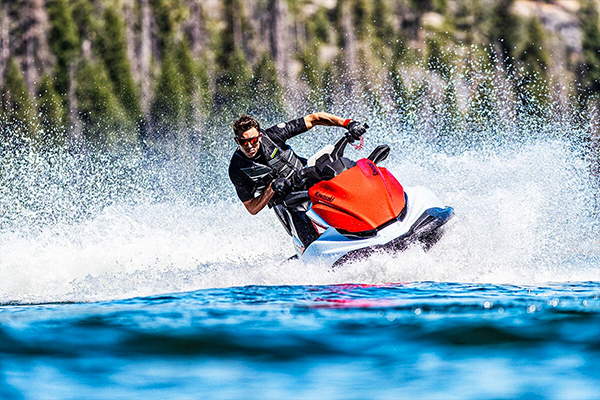
According to Lammers, some people don’t want to get into the deep work and components such as a cylinder head or short-block allows shops to get PWC in and out quickly and it also allows a different level of mechanic to get involved.
SBT is dedicated to the industry and it offers free technical support. It is available to anyone, not just dealers or customers. They simply want to keep people on the water. They stand behind their engines with a one- or two-year no-fault warranty. No matter what happens, they replace the engine. They’ll tell you why it failed, but replace it regardless.
Whether you’re talking unit sales or repair, the PWC market is in a good state and on the repair end, if you want to do the machining and rebuilding, every last component is available from cranks to pistons to bearings. If you’d rather go for a quick turn-around, you’ve got all the options there as well. The PWC market is still making waves and has plenty more to come. EB

